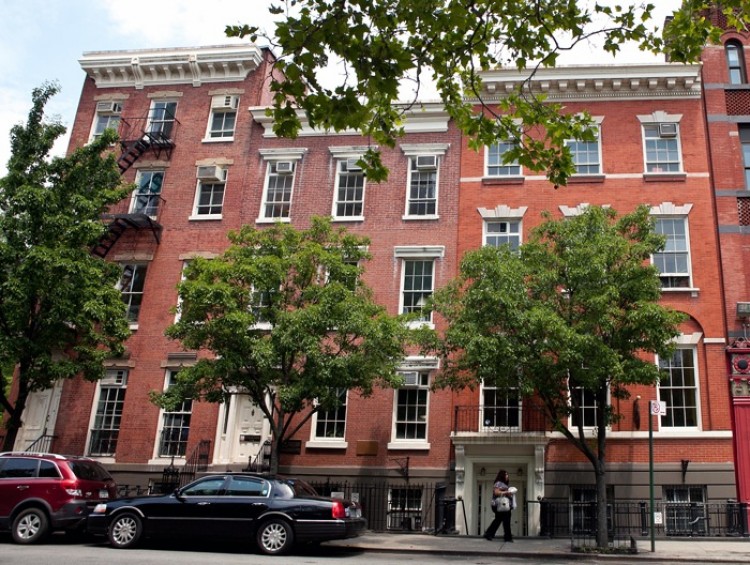New York City Structures, Henry Street Settlement
In the 1890s, Lillian Wald, a young nurse in her twenties, moved to the to Lower East Side to offer health care to the burgeoning population of what had become the country’s poorest and most overcrowded slum.
|Updated:



